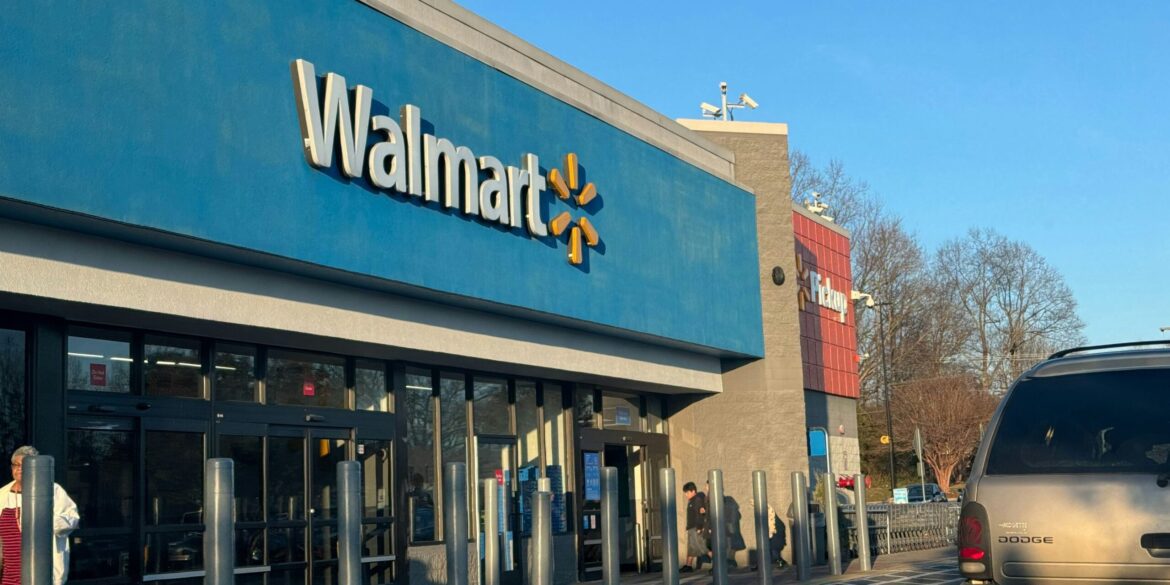Walmart has launched its largest prescription processing center yet in Frederick, Maryland—a major leap in the retail giant’s healthcare ambitions as competitors face industry headwinds.
The 102,000-square-foot facility can process up to 100,000 prescriptions daily and is set to serve over 700 Walmart stores across 16 states and Washington, D.C. The launch marks a significant expansion of Walmart’s Central Fill Pharmacy network, designed to improve efficiency, lower costs, and shift in-store pharmacists’ focus toward patient care.
This move comes at a pivotal time for the pharmacy industry. Rite Aid’s recent Chapter 11 bankruptcy filing on May 5 has spotlighted financial and operational pressures confronting traditional pharmacy chains. Meanwhile, Walmart is doubling down on innovation and scale to strengthen its healthcare footprint.
Strategic Expansion to Underserved Areas
Walmart’s latest healthcare investment underscores its commitment to increasing access to affordable and convenient medical services, especially in underserved and rural communities. By centralizing prescription fulfillment, the company aims to streamline operations, shorten wait times, and enhance service reliability.
The Frederick facility leverages advanced automation, including robotic carriers, dynamic weighing systems, and inventory optimization tools. These technologies allow prescriptions to be filled with speed and accuracy, reducing the manual workload on local pharmacists.
“With this facility, we’re not just filling prescriptions faster—we’re empowering our pharmacists to provide deeper patient care,” said Kevin Host, Walmart’s Senior Vice President of Pharmacy. “This means more time for immunizations, health screenings, and chronic condition management.”
Bolstering Clinical Services
Freeing up in-store pharmacists allows Walmart to strengthen its role in preventive healthcare. Pharmacists can now focus on delivering services such as blood pressure monitoring, diabetes counseling, flu shots, and COVID-19 vaccinations—key offerings that extend beyond the traditional pharmacy model.
Walmart’s expansion aligns with broader healthcare trends favoring retail health clinics and remote patient engagement. As patients seek faster, local alternatives to hospitals and specialist centers, retail pharmacies are evolving into essential community health hubs.
This transformation comes as Americans face rising healthcare costs and limited provider availability in many regions. Walmart’s model offers a solution by combining scale, technology, and convenience in ways few competitors can match.
Competitive Edge Over Struggling Rivals
While Walmart is accelerating its health initiatives, rivals like CVS and Walgreens have announced store closures and scaled back physical locations in recent years. Rite Aid’s bankruptcy filing adds further pressure to the sector, as the chain looks to restructure its debt and close unprofitable stores.
Industry analysts say Walmart’s centralized approach positions it well amid the turbulent landscape.
“By investing in automation and expanding centralized services, Walmart is capitalizing on a long-term shift in how healthcare is delivered,” said Dr. Lindsay Chen, a retail health expert based in Atlanta. “It’s moving quickly into a space where access, convenience, and affordability intersect.”
Walmart plans to open two additional Central Fill facilities in Phoenix, Arizona, and Republic, Missouri, by 2026. Once complete, these centers will allow Walmart to support nearly 90% of its pharmacy locations through its centralized network.
Automation and Employment Impact
Despite the use of high-level automation, the new Frederick facility has created numerous skilled jobs. The site is staffed by pharmacy technicians, logistics managers, IT professionals, and operations personnel—all trained to handle complex prescription systems.
Local officials praised the investment as a boost to regional employment and infrastructure. “This facility showcases Frederick County’s potential as a hub for cutting-edge logistics and healthcare innovation,” said County Executive Jessica Fitzwater.
Implications for U.S. Healthcare
Walmart’s deeper push into the pharmacy sector comes as the U.S. faces widening gaps in primary care access. Retail health solutions like Central Fill pharmacies may help offset physician shortages and reduce reliance on overburdened urgent care centers.
As the healthcare model continues to shift toward decentralization and consumer-led services, Walmart is emerging as a key player. With robust infrastructure, a strong retail footprint, and tech-forward operations, the company is setting a new standard for pharmacy services.

